Tackling Cheyletiellosis in rabbits - Symptoms, Treatment, and Prevention
Cheyletiellosis, commonly known as "walking dandruff," is a contagious skin disease affecting rabbits, caused by the Cheyletiella parasitovorax mite. As a rabbit breeder, it is crucial to be aware of this condition because of its high contagion potential and impact on rabbit health. The disease is marked by the appearance of skin scales that seem to move, a consequence of the mites moving underneath them. Understanding the causes and symptoms of cheyletiellosis is the first step in implementing effective control measures.
Understanding Cheyletiellosis
Cheyletiellosis in rabbits is a manageable but uncomfortable skin condition, often referred to as "walking dandruff," due to the visible movement of the mite on the skin.
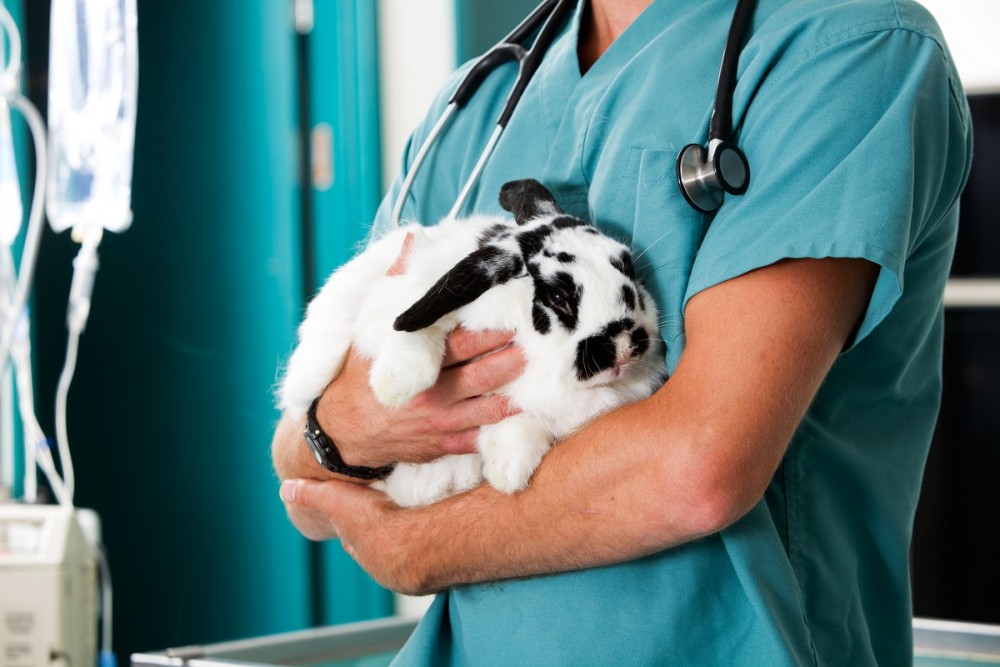
Description of the Disease
Cheyletiellosis is caused by the Cheyletiella parasitovorax mite. In rabbits, this condition manifests as flaky skin dandruff, which may appear to be moving due to the mites. Your rabbit may show signs of itching, and you may notice more flakes in the areas where your rabbit sleeps. The condition can lead to more serious health concerns if not treated promptly.
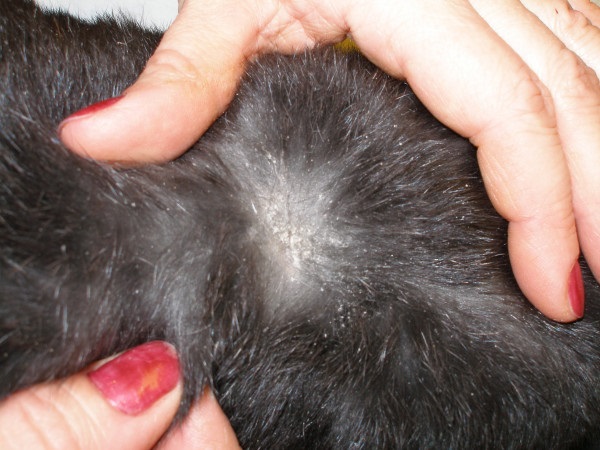
Causes of Infection
The infection is highly contagious and can be spread through direct contact with an infected animal or by contact with contaminated objects such as bedding, grooming tools, or furniture. The Cheyletiella mite can survive for a brief period in the environment, so transmission can occur even without direct contact with another infected animal.
Clinical Manifestations
When your rabbits are affected by cheyletiellosis, you will observe specific symptoms and may identify visible infestations.
Symptoms in Rabbits
Your rabbits may exhibit a variety of signs when inflicted with cheyletiellosis. It's crucial to observe for:
- Excessive scratching or grooming
- Dry, flaky skin, often referred to as "dandruff"
- Hair loss, especially around the back and neck
- Redness or inflammation of the skin
- Possible secondary skin infections due to intense scratching
Identifying Infestations
Detecting an infestation necessitates vigilance. Look for:
- White, mobile mites on the skin, measuring 0.2-0.4 mm
- Flakes of skin that seem to "move," indicating mites are present within
To confirm Cheyletiella, you or a veterinarian will need to examine skin scrapings or fur under a microscope for definitive evidence of mites.
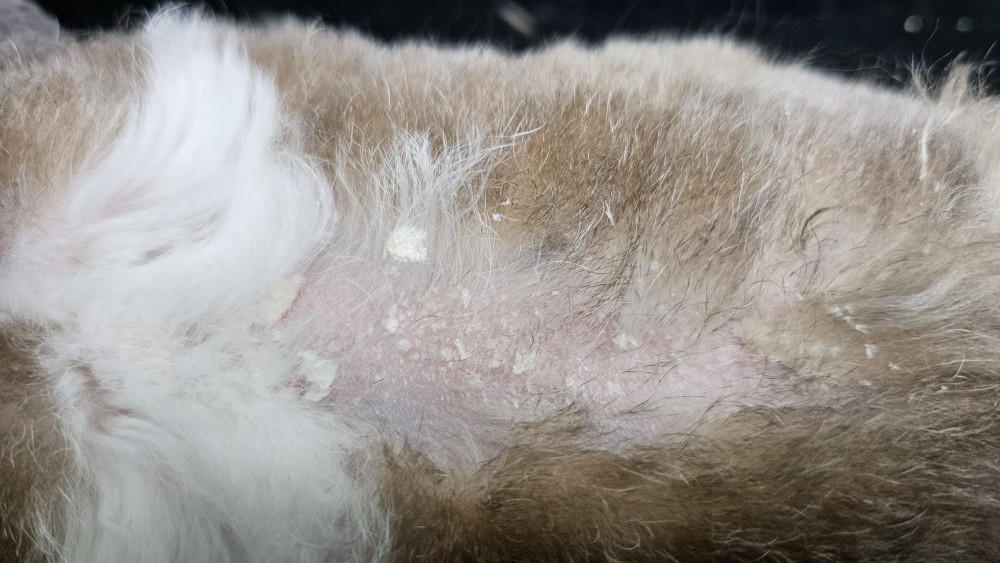
Diagnostic Procedures
Cheyletiellosis, also known as "walking dandruff," requires a thorough diagnostic approach to confirm infestation in your rabbits.
Physical Examination
Firstly, a close examination of your rabbit's skin and coat is imperative. Cheyletiella parasites may be visible as moving white specks on the skin or in the fur, particularly around the neck and back. You should look for signs of flaking skin, fur loss, and redness, indicative of the condition.
Laboratory Tests
Laboratory analysis is vital for a definitive diagnosis. Here's a concise guide:
- Microscopic Analysis:
- Collect superficial skin scrapings.
- Examine under a microscope.
- Fecal Flotation:
- Check fecal samples for the presence of Cheyletiella eggs.
- Tape Test:
- Press clear tape onto affected areas.
- Observe for eggs or mites stuck to the tape.
A positive identification of Cheyletiella mites or eggs through these methods confirms cheyletiellosis.
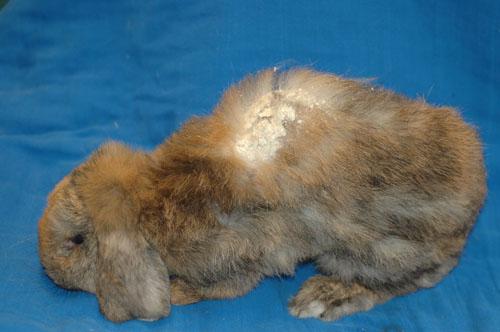
Treatment Strategies
Effective management of cheyletiellosis involves both eliminating the mites and addressing the symptoms caused by the infestation.
Medicinal Treatments
To combat cheyletiellosis, a vet might prescribe antiparasitic medicines. Always follow your vet's instructions closely when using these medications and complete the full course of treatment even if symptoms appear to resolve.
Supportive Care
In conjunction with medical treatment, provide proper care to accelerate recovery.
- Hygiene: Clean and disinfect your rabbit's environment to prevent re-infestation.
- Bedding: Replace daily with fresh material.
- Enclosures: Use a pet-safe disinfectant regularly.
- Diet: Ensure your rabbit has a nutritious diet to bolster its immune system.
- Fresh vegetables: Offer a variety to maintain health.
- High-fibre hay: Keeps the digestive system functioning properly.
- Monitoring: Keep a close eye on your rabbit's condition.
- Skin check: Look for signs of improvement or any adverse reactions.
- Behaviour: Monitor for changes that may indicate discomfort or distress.
By combining medicinal and supportive care, you can effectively treat cheyletiellosis and help your rabbit return to good health.
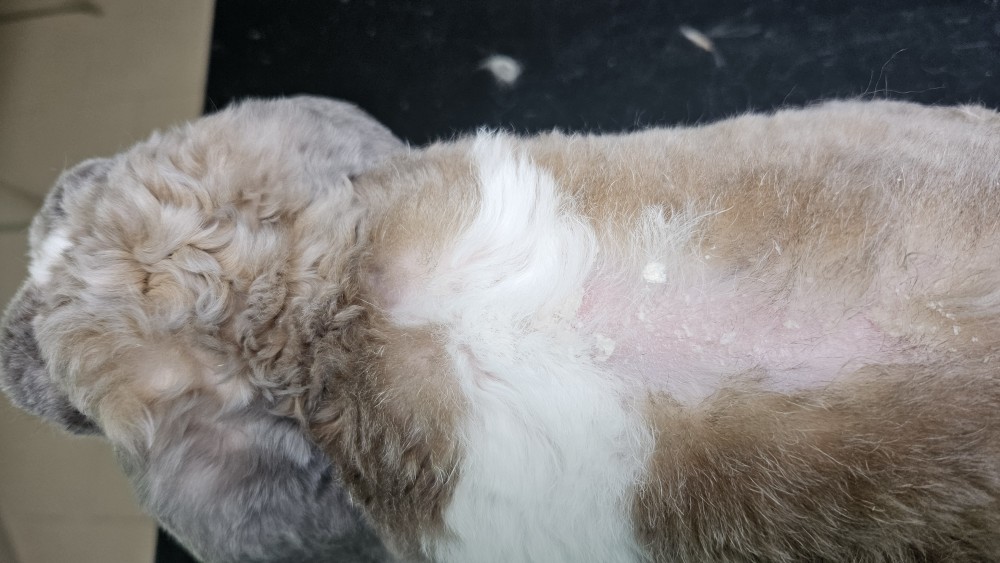
Preventive Measures
Prevention is crucial in managing cheyletiellosis in rabbits. Focusing on environmental management and regular health checks can significantly reduce the risk of an infestation.
Environmental Management
To minimize the chances of cheyletiellosis in your rabbits, ensure their living environment is clean and hygienic. Regular cleaning should involve:
- Daily: Remove feces and soiled bedding.
- Weekly: Replace all bedding and clean the enclosures with a pet-safe disinfectant.
Isolate new rabbits for at least two weeks and check for signs of cheyletiellosis before introducing them to your established group. Quarantining helps prevent the potential spread of mites.
Regular Health Checks
Performing regular health checks aids in the early detection of cheyletiellosis. Look for symptoms such as:
- Unusual hair loss
- Dandruff-like flakes in the fur
- Itchy skin
At least once a month, thoroughly examine your rabbit’s fur and skin for signs of infestation. In case of symptoms, promptly consult a veterinarian. Early diagnosis and treatment can prevent spreading to other rabbits.
This disease can also occur in dogs or cats.
Warning: This article is for information only and does not replace professional consultation or examination of the animal by a veterinarian. If you have any doubts about the health of your pet, contact your veterinarian immediately.
06.04.2024

